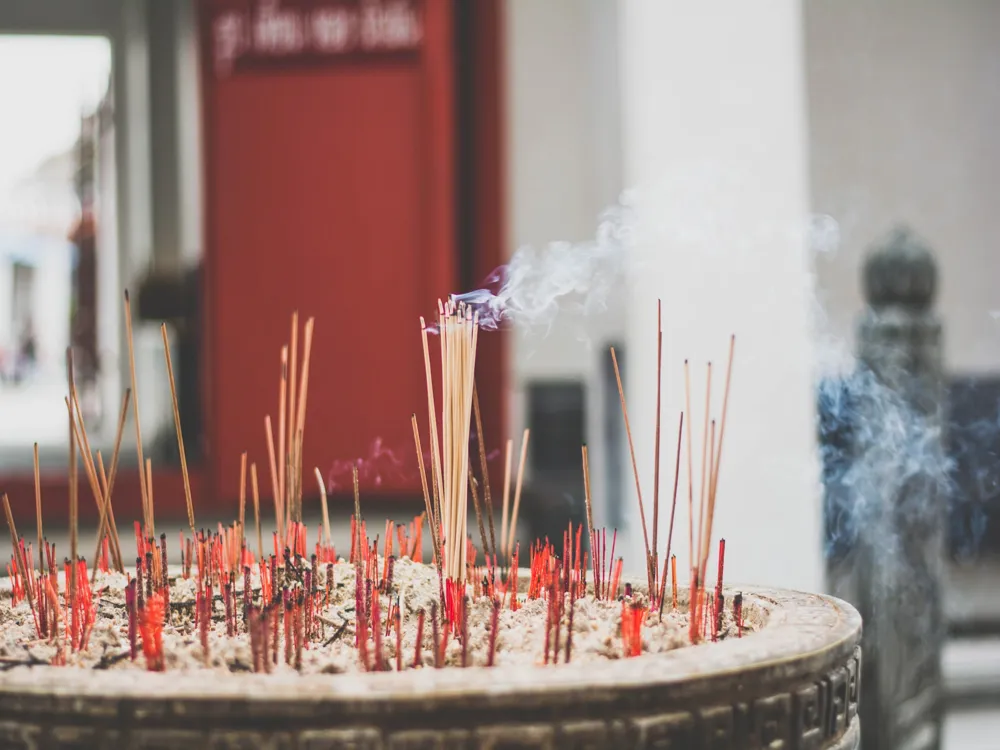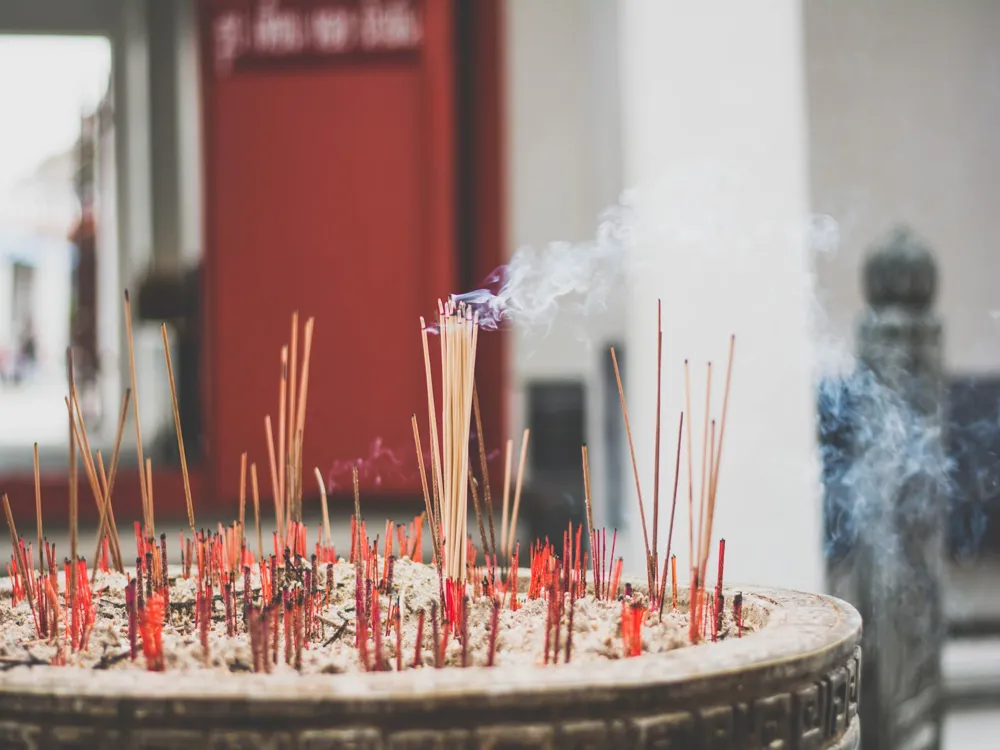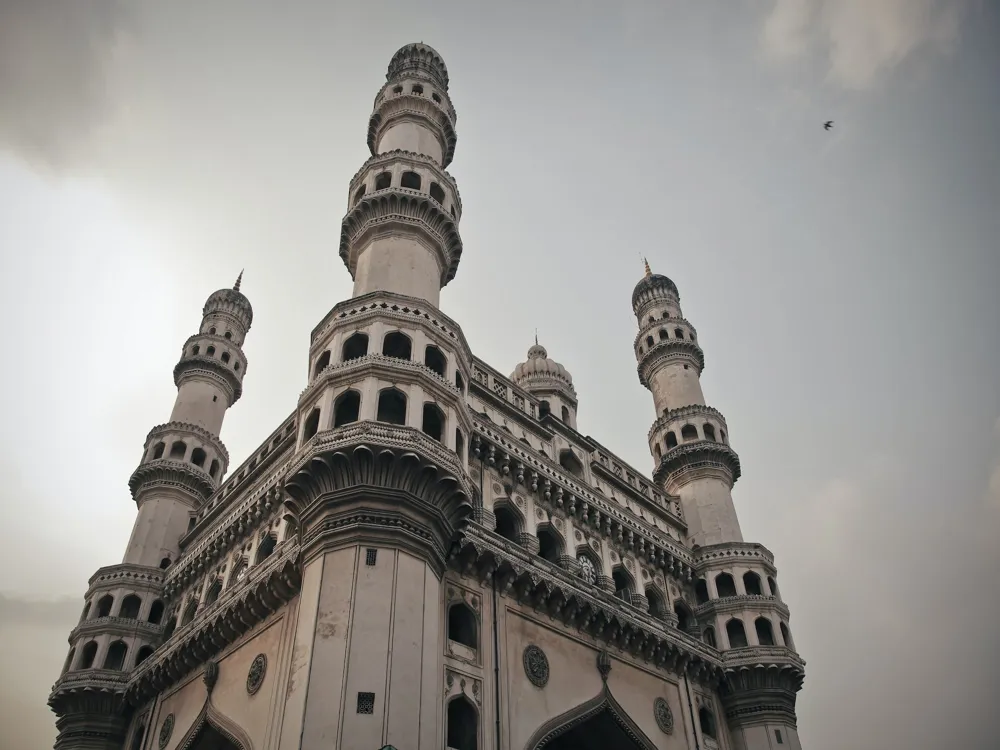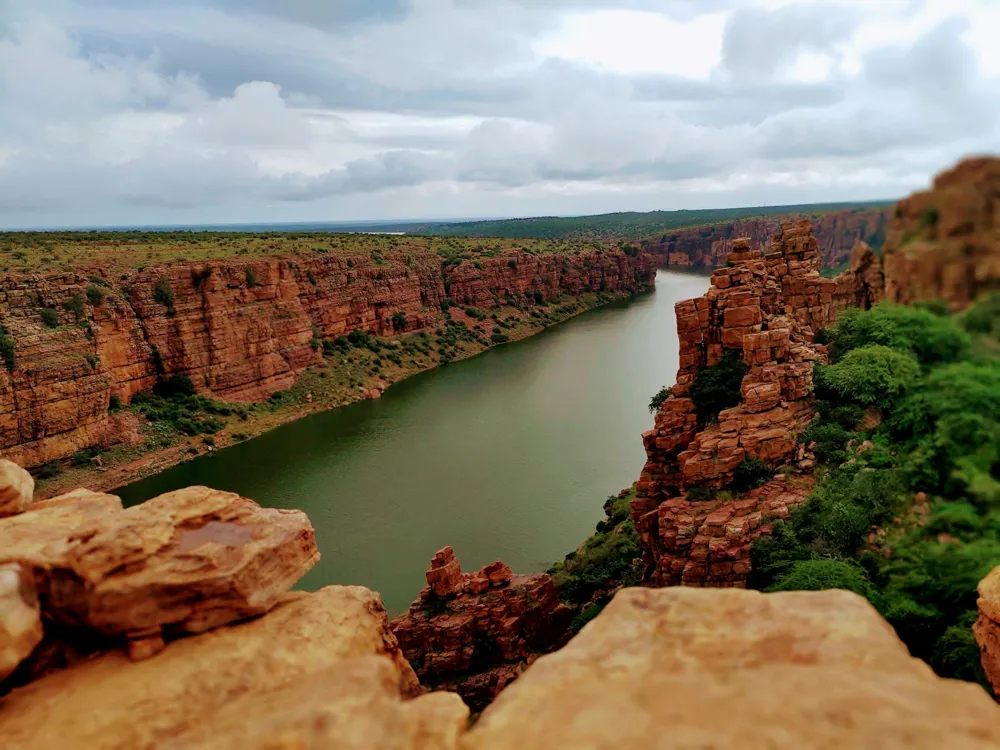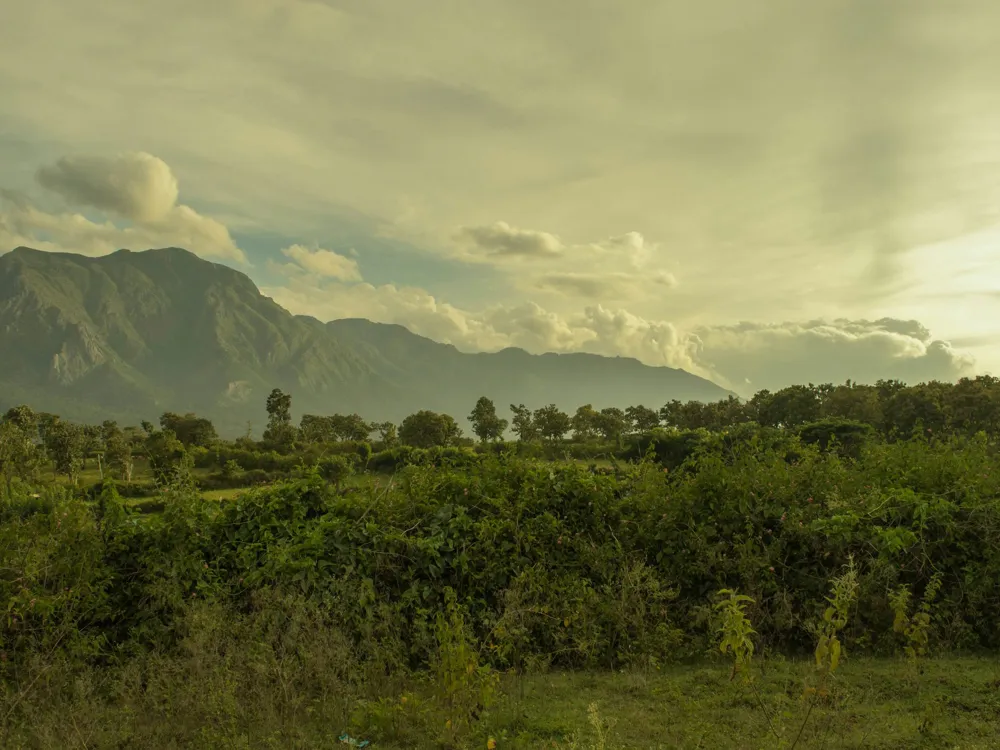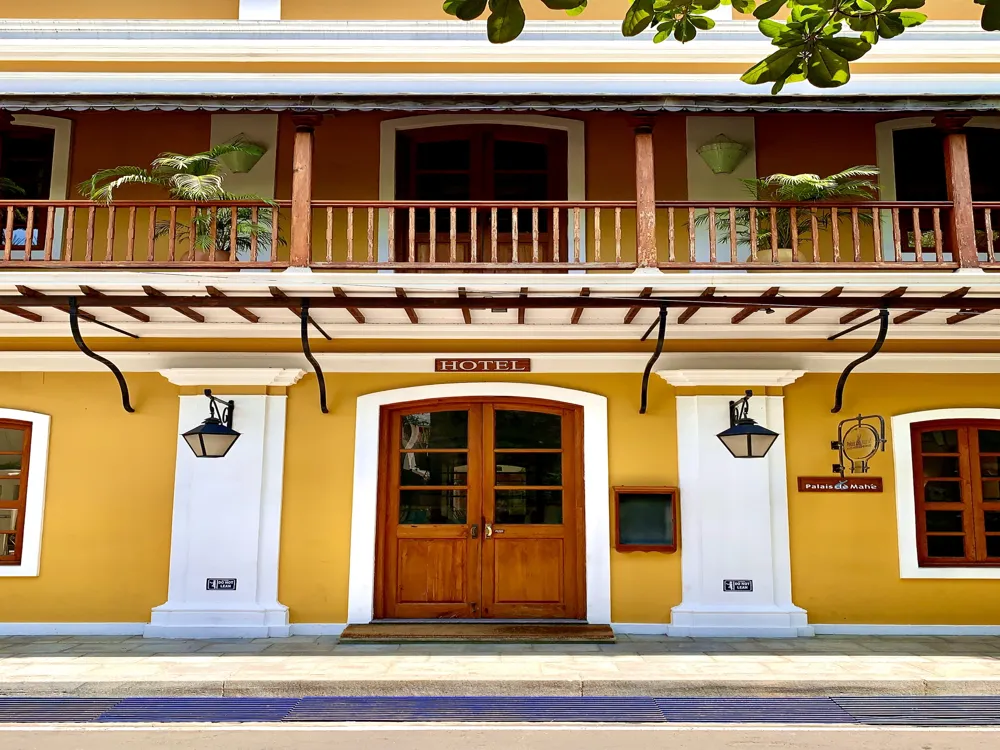The Raghavendra Swami Temple, located in the serene town of Mantralayam in Andhra Pradesh, India, is a site of immense spiritual significance. Revered as the abode of Sri Raghavendra Swami, a prominent Hindu saint and philosopher of the Dvaita Vedanta school, the temple attracts thousands of devotees annually. Established in the 17th century, the temple commemorates the place where Sri Raghavendra Swami entered his Samadhi (a meditative state) alive. The temple is not just a spiritual hub but also a testament to the rich cultural heritage of India. It stands near the banks of the Tungabhadra River, offering a tranquil and picturesque environment. Devotees visit the temple seeking blessings and to experience the peaceful aura of this holy site. The temple complex, though ancient, is well-maintained and provides facilities to accommodate the spiritual and worldly needs of its visitors. An interesting aspect of the temple is its vibrant history. It is said that Sri Raghavendra Swami performed numerous miracles during his lifetime, and his teachings continue to inspire millions. The temple serves as a focal point for his teachings and philosophies. Annual festivals and events are celebrated with great enthusiasm, drawing crowds from across the globe. The temple is more than just a structure; it is a beacon of hope and faith. Stories of Sri Raghavendra Swami’s life, teachings, and miracles are deeply ingrained in the temple's atmosphere, making it a site of continuous spiritual learning and enlightenment. The architectural grandeur of the Raghavendra Swami Temple is a splendid example of the Vijayanagara style, known for its intricate carvings and expansive courtyards. The temple's architecture is a harmonious blend of ancient tradition and spiritual symbolism. The main shrine, housing the Brindavana of Sri Raghavendra Swami, is built with stone and is adorned with intricate carvings that depict various scenes from Hindu mythology. The sanctum sanctorum is a sight to behold, with its serene and powerful aura. The intricate work on the Rajagopuram (main temple tower) is particularly noteworthy, showcasing the skills of ancient Indian craftsmen. Surrounding the main temple are several smaller shrines and structures, each with its unique architectural features. The temple complex is designed to facilitate the flow of large crowds, especially during festivals and special events. The spacious courtyards, well-structured walkways, and ample seating areas reflect a design that blends functionality with aesthetics. The temple's location near the Tungabhadra River adds a natural beauty to its already impressive architecture. The play of light and shadow, the sound of the river, and the overall ambiance create a truly divine experience. The temple’s architecture not only serves as a place for worship but also stands as a symbol of the rich architectural heritage of India. Visitors are advised to dress modestly, in traditional attire if possible, as a sign of respect to the temple's sanctity. It is also important to maintain a quiet and respectful demeanor on the temple premises. The ideal time to visit the temple is during the cooler months of October to March. Visitors might also consider planning their trip during the annual Aradhana Mahotsava, a significant festival celebrated with great fervor. There are various accommodation options available near the temple, from basic lodges to more comfortable guest houses. It's advisable to book in advance, especially during festival seasons. The temple complex also has facilities for food and basic amenities. Photography is usually restricted inside the main temple. Mobile phones should be kept silent or switched off. It's best to check with temple authorities regarding their current policies on these matters. Understanding and respecting local customs and traditions enhances the visit. Engaging with local guides or temple authorities can provide insightful information about the temple's history and rituals. The Raghavendra Swami Temple in Mantralayam is accessible by various means of transport. The nearest airport is in Hyderabad, approximately 250 kilometers away. From there, visitors can hire taxis or use bus services to reach Mantralayam. The town also has its railway station, Mantralayam Road, which is well connected to major cities in India. For those preferring to travel by road, Mantralayam is accessible via well-maintained highways and is well-signposted. Local transport within the town is readily available for easy access to the temple. Read moreOverview of Raghavendra Swami Temple, Mantralayam
Architecture of Raghavendra Swami Temple
Tips for Visiting Raghavendra Swami Temple
Dress Code and Conduct
Best Time to Visit
Accommodations and Facilities
Photography and Mobile Usage
Local Etiquettes
How To Reach Raghavendra Swami Temple
Mantralayam Tourism
Best Time to Visit Mantralayam
How to Reach Mantralayam
Things To Do, Mantralayam
Raghavendra Swami Temple
Mantralayam
Andhra Pradesh
NaN onwards
View mantralayam Packages
Weather :
Tags : Temple
Timings : Monday - Sunday: 6:00 AM to 2:00 PM and 4:00 PM to 8:00 PM
Best Time To Visit : October - March
Planning a Trip? Ask Your Question
Mantralayam Travel Packages
View All Packages For Mantralayam
Top Hotel Collections for Mantralayam

Private Pool

Luxury Hotels

5-Star Hotels

Pet Friendly
Top Hotels Near Mantralayam
Other Top Ranking Places In Mantralayam
View All Places To Visit In mantralayam
View mantralayam Packages
Weather :
Tags : Temple
Timings : Monday - Sunday: 6:00 AM to 2:00 PM and 4:00 PM to 8:00 PM
Best Time To Visit : October - March
Planning a Trip? Ask Your Question
Mantralayam Travel Packages
View All Packages For Mantralayam
Top Hotel Collections for Mantralayam

Private Pool

Luxury Hotels

5-Star Hotels

Pet Friendly







